Teton Regional Land Trust presents the 6th Annual Greater Yellowstone Crane Festival
Teton Regional Land Trust (TRLT) is excited to host the Greater Yellowstone Crane Festival, which returns to Teton Valley in its sixth year. The festival coincides with the fall pre-migration staging period when Sandhill Cranes gather in Teton Valley before migrating south, and is designed to raise awareness of this iconic species and the habitat upon which they depend. In addition to learning about cranes, the festival is meant to help community members connect with cranes through artistic expression. Residents and visitors of Teton Valley alike can agree that this basin is a special place. The annual congregation of cranes serves as a reminder of how the natural alignment of resources and beauty draws both people and animals to experience it. By learning about, connecting with, and celebrating Sandhill Cranes through the Greater Yellowstone Crane Festival, the Land Trust hopes to provide an opportunity for attendees to leave inspired by the species and the natural world that surrounds us all.
“When Sandhill Cranes flock to Teton Valley, they remind us to cherish this special place,” said Kim Trotter, Executive Director of the Land Trust. “With the help of our landowner partners and generous community, the Land Trust is proud to help protect cranes’ critical habitat so that they always have a place to congregate before heading south. I hope you’ll join us at the Greater Yellowstone Crane Festival to celebrate these iconic birds!”
This year the festival is taking place from Wednesday, September 20th through Saturday, September 23rd, and features morning crane tours followed by nightly events including a paint and sip, storytelling, and keynote speaker and film screening. The festival will then culminate with a community fair on Saturday the 23rd at the Driggs City Center Plaza from 10am to 3pm. The fair will feature kids craft activities, dance performances, an art and crane sculpture auction, and artist booths in conjunction with the Teton Valley Art Market. During the festival, there will be artist-led workshops where attendees can celebrate cranes through poetry and printmaking, drawing, and photography. To register for any of these events, please visit tetonlandtrust.org/events.
All proceeds from the Crane Festival events go towards the Greater Yellowstone Sandhill Crane Initiative at Teton Regional Land Trust. The Initiative’s purpose is to secure and actively manage habitat in Teton Valley in order to sustain the largest pre-migration staging population of Sandhill Cranes in the Greater Yellowstone Ecosystem.
As part of the Initiative, the Land Trust runs the Grain for Cranes program. This is an effort to establish annual food plots to ensure adequate crane food resources across the valley. To achieve this, we partner with landowners to grow, cut, and leave barley for the cranes to forage on strategically located land near roosting sites.
Historically, over 5,000 Sandhill Cranes spent the fall in Teton Valley, fueling up before migrating to the south for the winter. Due to habitat degradation and fragmentation caused by increasing development and disturbances, numbers fell to as few as 500 birds in the 1980s. Thankfully, efforts to protect their habitat and provide them with accessible grain to forage have helped the population rebound dramatically. In 2022, the Land Trust was happy to report that we recorded 1,025 Sandhills in a single day and 5,040 total cranes were counted over an 8 day period in Teton Valley.
Festival attendees can be a part of this successful program by participating in workshops, bidding on auction items, and purchasing Crane Festival merchandise. The community can also support the Initiative and the Grain for Cranes program by visiting tetonlandtrust.org or calling our office at 208-354-8939. The Land Trust looks forward to celebrating the return of Sandhill Cranes to Teton Valley with this wonderful eastern Idaho community.
Since 1990, the Land Trust has worked with partner organizations and willing landowners to protect over 40,000 acres in eastern Idaho through conservation easements and other voluntary conservation options.




